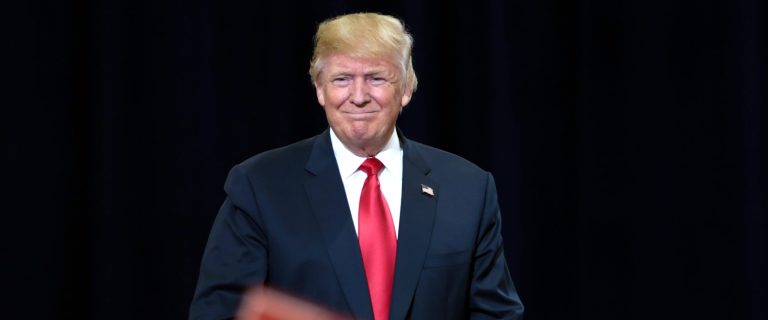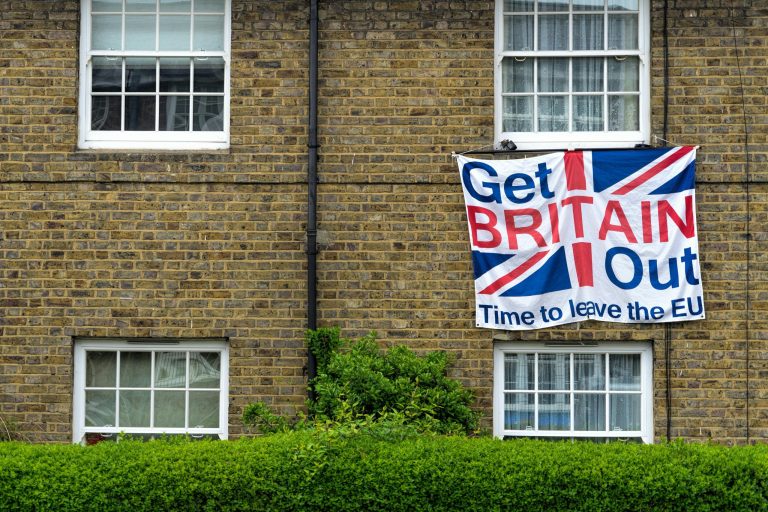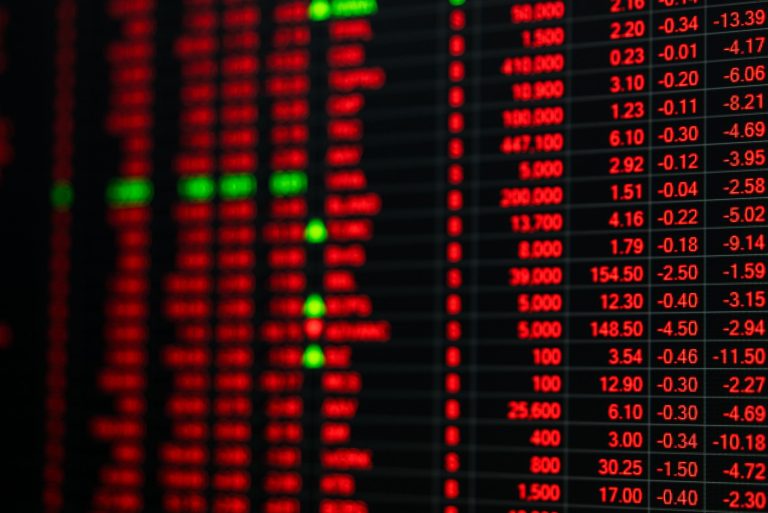According to a recent Reuters report, a record 3.4 million Chinese youth registered for this year’s notoriously competitive civil service exam, a sharp increase of over 400,000 from last year.
The allure? Job stability, subsidised housing, and the prestige associated with government roles.
Gen Z’s challenges
This surge highlights the challenges facing Gen Z in China as private sector opportunities dwindle amidst an economic slowdown and high youth unemployment.
Yet, beneath the appeal of “iron rice bowl” stability lies a less glamorous reality: wage cuts, bonus reductions, and unpaid salaries are increasingly common for civil servants, painting a more complex picture of these coveted roles.
Stability amid a turbulent Chinese economy
China’s economic slowdown, exacerbated by a prolonged property crisis and weak consumer spending, has left private sector prospects bleak.
Youth unemployment, while slightly lower in recent months, remains significantly higher than pre-pandemic levels.
Against this backdrop, civil service jobs offer a refuge.
The sector’s reputation for job security and perks such as subsidised housing and social insurance is particularly attractive to disillusioned graduates navigating an uncertain job market.
The numbers tell the story. Civil service job vacancies have nearly tripled since 2014, climbing from 14,500 in 2019 to 39,700 in 2024.
This growth comes even as local governments grapple with fiscal crises, making it increasingly difficult to pay salaries and bonuses on time.
Nevertheless, for many, the perception of stability outweighs these risks, especially as layoffs in government jobs remain rare compared to the private sector.
Economic struggles overshadow the “iron rice bowl”
Despite the appeal, many civil servants face harsh economic realities.
Pay cuts of up to 30%, scrapped bonuses, and delayed salaries are now common across China’s public sector.
In Guangdong province, for example, some civil servants earn as little as 4,000 yuan per month after losing their monthly bonuses.
Meanwhile, in Shandong, many workers report receiving only a single month’s salary per quarter under austerity policies.
This financial strain is part of a broader wave of local government cost-cutting measures.
In cities like Shenzhen, entire departments have been downsized, and staff cuts are becoming more frequent.
These pressures have forced some civil servants to leave their roles, while others stay on, navigating what one employee described as “stable poverty.”
Wage arrears have become systemic, with some experts suggesting these challenges are unlikely to be resolved in the short term.
As a result, incidents of corruption and administrative fines have reportedly increased, raising questions about the sustainability of the current system.
A growing workforce despite fiscal pressures
China’s civil service workforce has swelled from 6.9 million in 2010 to 8 million today, with millions more employed in public institutions such as schools and hospitals.
Despite repeated downsizing efforts, Beijing continues to expand civil service hiring as a means of maintaining social stability.
This approach has come at a cost. Tens of thousands of public sector jobs have been cut since 2020, primarily through hiring freezes and attrition, leaving existing employees to shoulder the workload.
These challenges underline the complexity of balancing the state’s need for stability with the fiscal realities of supporting a vast public sector.
The lack of substantial reforms has led some experts to warn that expanding the civil service without addressing its inefficiencies may only exacerbate long-term issues.
The dilemma facing China’s youth
For many young Chinese, civil service jobs represent an idealised career path, particularly for those who have never experienced the mass state sector layoffs of the 1990s.
Social media memes, such as “Becoming a civil servant is the endpoint of the universe,” reflect this sentiment.
The realities of unpaid salaries and stagnant wages are causing some to reconsider their ambitions.
The surge in applicants underscores a generational struggle to reconcile aspirations for stability with the economic realities of modern China.
While civil service roles remain highly sought after, the risks associated with these jobs are becoming harder to ignore.
The post Why are 3.4 million Chinese youth vying for civil service jobs despite risks? appeared first on Invezz










